Theories of Bilingualism and the Curriculum
A discussion of Chapter 8 from Baker & Wright’s Foundations of Bilingual Education and Bilingualism 7th edition
Karlstad University
2023-11-13
Presentation objectives
- theories of bilingualism
- critically analyse the evolution and applicability of these theories (within curricular settings)
To do this I will:
- explore the theories from early deficit models to contemporary holistic approaches
- discuss the importance of accurate theories in education settings
Cummins and Proficiency Model1
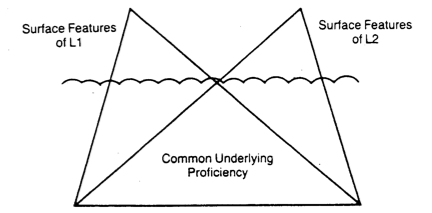
SUP vs. CUP
- Separate Underlying Proficiency (SUP): separate language competencies with restricted cognitive capacity
- Common Underlying Proficiency (CUP): unified cognitive capacity supporting both languages2
- critique: oversimplification and correlational3
Cummins contd.1
Thereshold theory 2
- two levels of competence defining the impact of bilingualism
- critique: the difficulty in operationalizing proficiency and account for language’s multifaceted nature
Linguistic developmental interdependence hypothesis
- connection between L1 and L2 competencies
Cummins and Academic English1
Basic Interpersonal Communicative Skills (BICS) and Cognitive Academic Language Proficiency (CALP) distinctions
- dichotomy between conversational fluency and academic proficiency
- critique: oversimplification2
Secondary perspective 3


Academic English
Bilinguals only?
there are no native speakers of academic language1
Solution:
align language teaching much more closely to discipline-specific genres2
Cummins’ Quadrant Model1
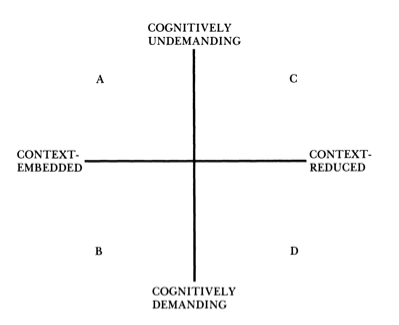
Quadrant model
- combines context and cognitive demand in assessing language proficiency
- critique: lack of sensitive to the dynamic uses of language across different contexts
Cummin’s BICS/CALP & Quadrant Model–Policy and Practice1
The inclusion of EAL [English as an additional language] students in nationally mandated high-stakes testing, […] should EAL students be exempt from taking high-stakes tests, and, if so, for how long […] after arrival in the host country?
The extent to which psychological testing of EAL students for diagnostic purposes through their L2 is valid and ethically defensible.
The distinction is discussed in numerous books that aim to equip educators with the understanding and skills required to teach and assess linguistically diverse students
Evolution of Thought and New Models1
- Perspectives on academic language
- Role of academic english
- Disciplinary language
- example2
- Language architecture


Practical Models and Case Studies1
Translanguaging in academic work
- evidence supporting students’ capacity to perform academically in non-standard English2
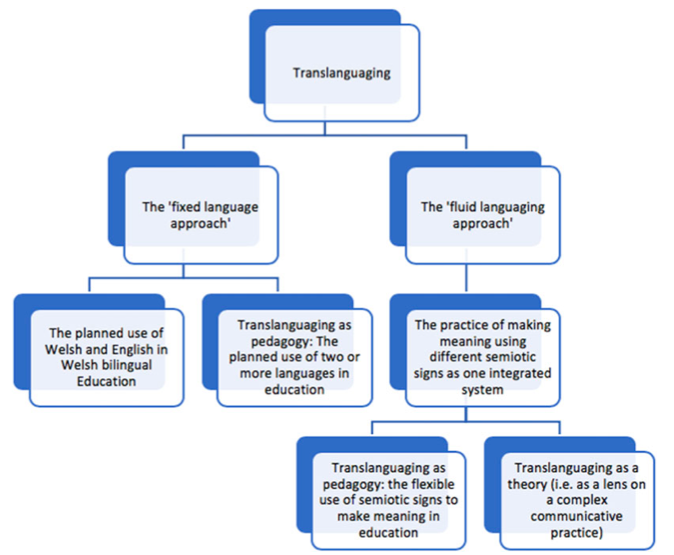
Practical Models and Case Studies1
Bilingual common core initiative
- a dual-language proficiency framework (NLAP and HLAP)2
Literacy squared model
- emphasizing the simulateanous development of literacy in both languages
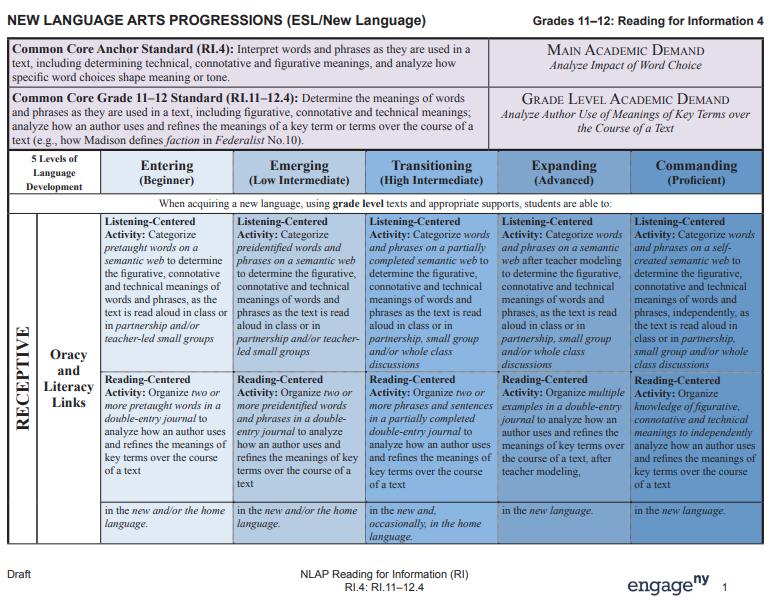
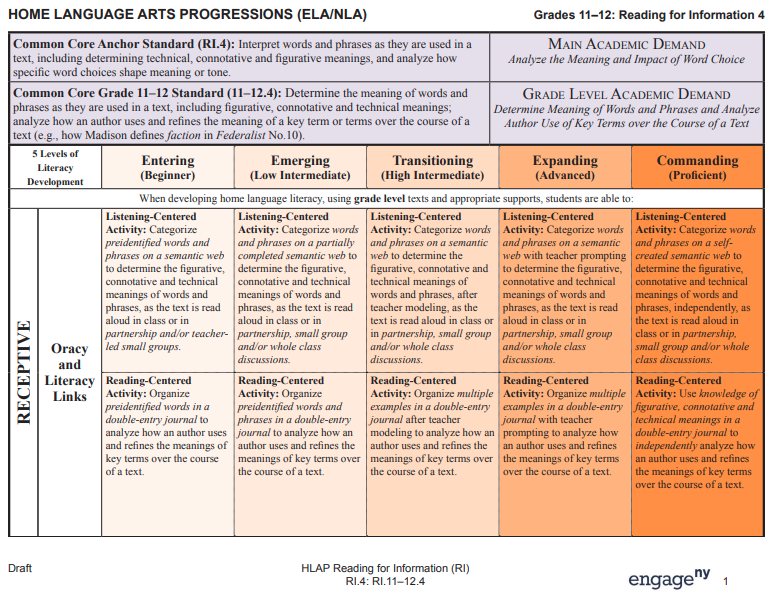
Standards and Teacher Orientations1
TESOL proficiency standards
- inclusion of conversational language and subject-specific standards
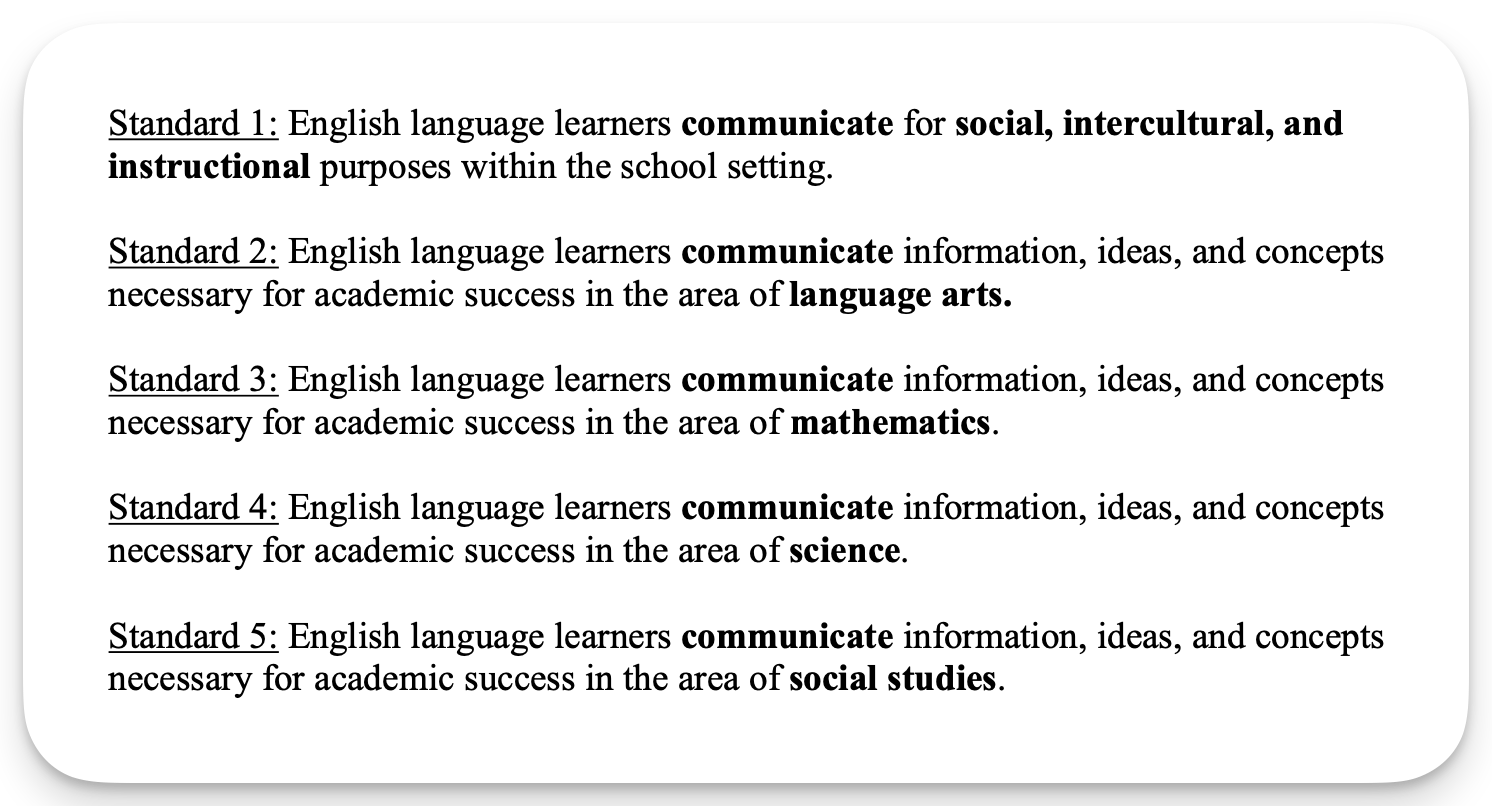
Standards and Teacher Orientations contd.1
State standards
- WIDA2, ELPA21, independent
- scaffolding and support enabling academic work at all proficiency levels
WIDA’s framework
- multidimensional approach to language across curricular areas
Limitations and language development models
- adressing the need for more inclusive and comprehensive models
Final Thoughts
References
Haraldsson - Theories of Bilingualism and the Curriculum